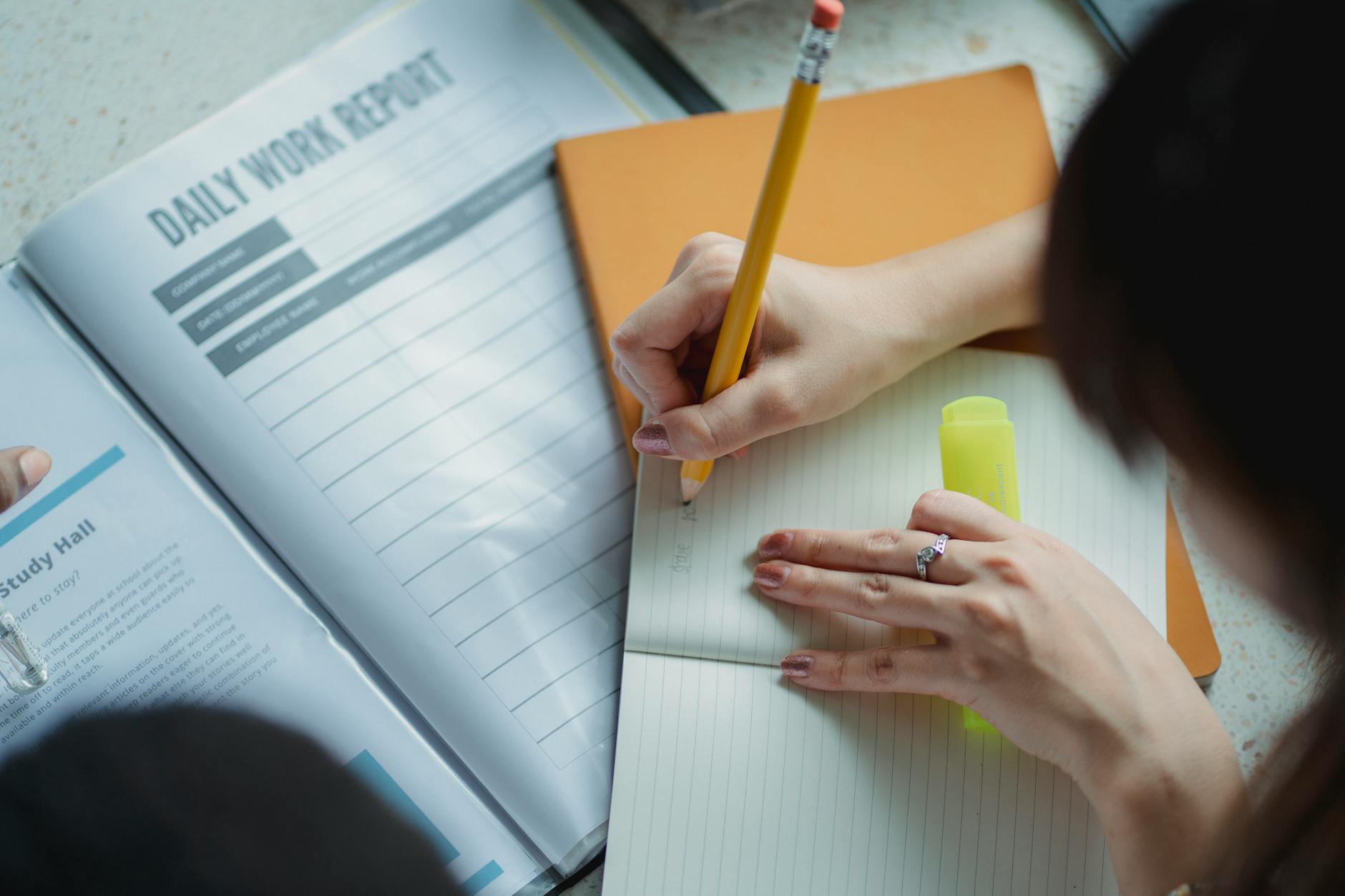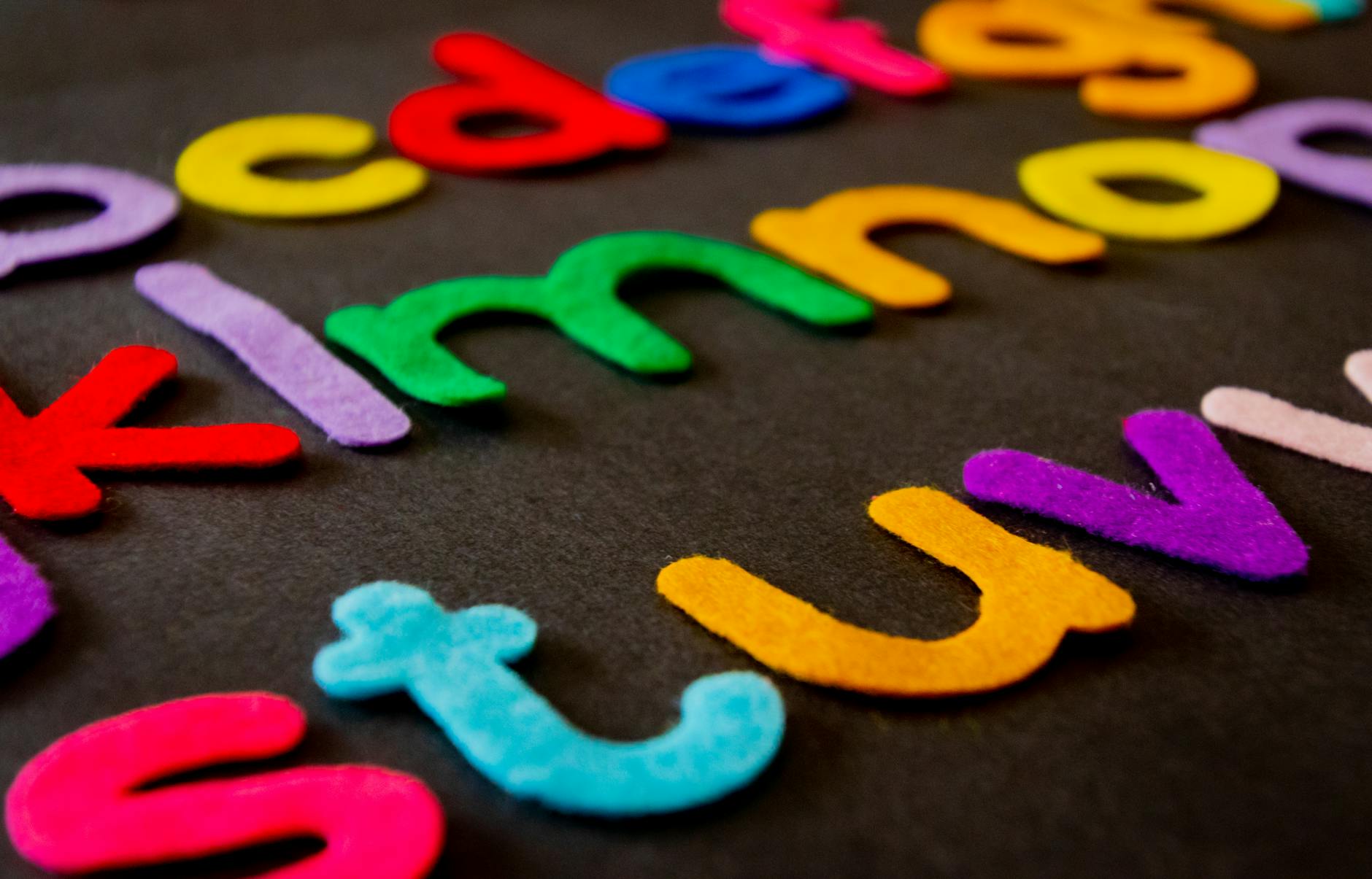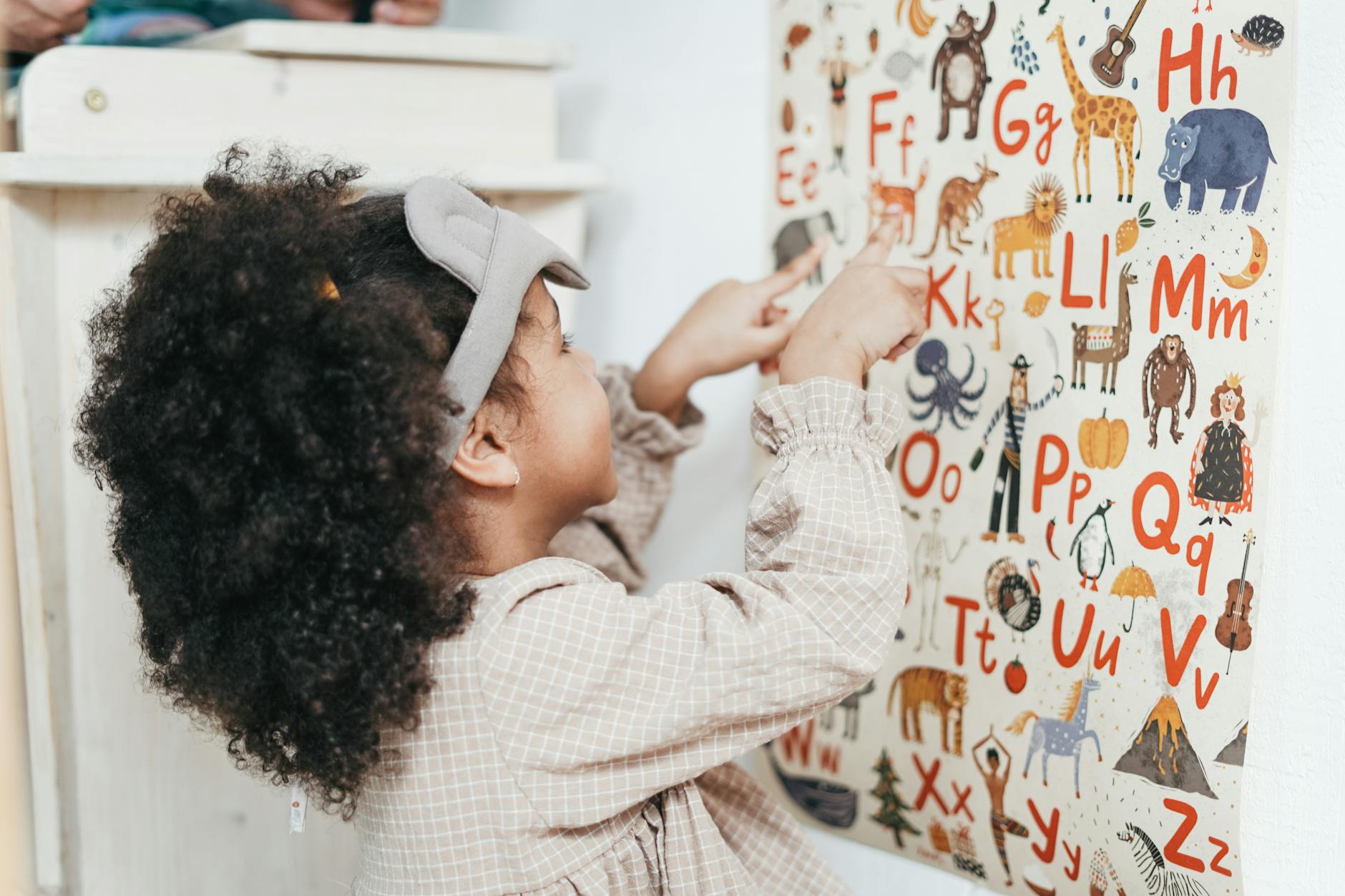How to Blend Creativity and Tech in the United States

Embracing Tech in Art
For tech enthusiasts with a creative bent, integrating technology into art has never been more accessible or empowering. Whether you are a seasoned artist or a teacher scouting for new classroom ideas, the intersection of art and tech offers a myriad of innovative ways to enhance your craft. For instance, consider exploring immersive online craft classes that provide the flexibility to learn new techniques at your own pace and from the comfort of your space.
Creative technology tools, from digital drawing tablets to cutting-edge AI applications, allow you to expand your artistic horizons. Imagine using AI to generate unique art patterns or collaborating in real-time with peers via virtual whiteboards. Emerging platforms are even integrating features that let artists experiment with virtual reality, providing experiences akin to walking the Golden Gate Park trails in 3D form. This fusion of tech and creativity ignites new ways to approach traditional art, sparking both innovation and inspiration.
Participating in platforms like pottery classes Chicago can also be a fantastic way to bridge the gap between physical and digital artistry. These experiences can be adapted to fit into creative curriculum plans, offering students a glimpse into modern art forms. Artists and educators alike can gather insights from team building activities nyc, which often incorporate tech-driven scenarios that can transition smoothly into classroom settings. By embracing these creative tech tips, you open the door to a world where art and technology beautifully coalesce, revolutionizing how art comes to life.
Teaching with Technology
Interactive Teaching Platforms
Incorporating technology into art education can be a game changer, particularly when it involves interactive platforms that make the learning process lively and engaging. For young adults eager to blend art with technology, such platforms provide an ideal setting. Imagine logging onto a virtual classroom where you experience live demonstrations coupled with interactive tech tips that draw parallels to the coding workshops often held at tech meetups in SOMA. These platforms not only foster creativity but also ensure students stay engaged through hands-on experiences.
Online Art Collaborations
With technology expanding the boundaries of collaboration, online platforms offer artists the opportunity to work together regardless of geographical limitations. This offers a perfect avenue for community building among students and between educators like Jamal who seek innovative ways to expand their teaching repertoire. Think of these as digital versions of the art classes at Fort Mason Center where interaction fuels creativity.
Hybrid Art Class Models
Hybrid art classes bring together the benefits of in-person instruction and online learning, providing students with flexible and dynamic educational experiences. These models allow for a seamless blend of traditional art techniques and digital platforms, enabling participants to explore bachelorette party ideas or host a paint and sip chicago event virtually. As technology becomes a more integral part of educational experiences, students and educators are empowered to experiment and expand their creative capabilities.
Enhancing Student Engagement
Gamifying Art Education
Infusing art education with gamification is like blending creativity with tech genius — it makes learning both productive and engaging. For example, integrating game design principles into art assignments can radically amplify student participation. By introducing challenges or setting up art quests, students are not only motivated to create but also eager to learn new techniques. Art competitions and digital leaderboards up the ante, while reward systems can nudge students to reach their creative potential.
Social Media Projects
Social media isn't just about selfies; it's a rich canvas for young artists. Encouraging students to showcase their art on platforms like Instagram or TikTok can boost their confidence and widen their audience. Let's say you organize a class project where students create a themed art series to share online. This not only sharpens their digital skills but also introduces them to a vibrant community of fellow artists. Plus, they gain instant feedback and inspiration from around the world.
Digital Storytelling Techniques
Sometimes words and pictures together do the storytelling best. Provide students with tools to weave their own stories with images, videos, and audio. Teaching digital storytelling leverages platforms like Storybird or Adobe Spark to make narratives come alive, allowing students to portray deeper stories through mixed media.
Incorporating virtual paint classes and exploring community resources such as pottery class san francisco can bring further enrichment. Imagine collaborating with art classes at Fort Mason Center to craft out-of-the-box experiences for students. By blending these elements, you're encouraging young minds to thrive creatively in the ever-evolving ed-tech landscape.
Curating Innovative Experiences
Creating memorable and engaging artistic activities can ignite a passion for creativity in any educational setting. One approach to consider is incorporating experience gifts into your curriculum. Experience gifts present unique opportunities to learn, such as participating in a local "paint and sip" event. In New York City, there are numerous paint and sip nyc sessions where participants can enjoy a blend of artistry and relaxation, making them an inspiring addition to any lesson plan.
Integrating creative technology can also expand these experiences. For instance, consider virtual field trips. These can transport students to iconic museums like the Louvre or even an environmental excursion through the Amazon, all from the classroom. Augmented Reality (AR) exhibits bring artwork to life by providing interactive layers of information; think of it as a tech-enhanced gallery walk.
Additionally, an interactive art installation, where students can manipulate light and sound, offers a precious avenue for self-expression. Beyond basic appreciation, students engage with art on a deeper level, blending technology with tactile creativity, much like the art classes offered at Fort Mason Center.
To empower students, incorporate these creative tech tips in your lessons. By weaving arts and technology together, we cultivate an enriched educational atmosphere that transcends traditional methods. With these strategies, students can explore and express their creativity dynamically, aligning to foster an inspiring classroom environment.
Harmonizing Technology and Traditions
Finding the Balance
Living in the Bay Area, I often find inspiration jogging through the Golden Gate Park trails, where nature meets the vibrancy of San Francisco's tech scene. This balance of old and new extends into the realm of art education too. It's about marrying the tactile essence of tradition with the boundless possibilities that technology offers. For instance, while interactive teaching platforms provide new avenues for engagement, the physicality of brush on canvas remains irreplaceable for honing skills and artistic intuition.
Cross-Platform Creativity
At art classes at Fort Mason Center, I've witnessed firsthand how traditional methods and digital innovation can coexist. It's not an either-or scenario. Imagine drawing sketches with charcoal, and then animating them digitally to give motion to still life. Such integrative practices push creative boundaries and cater to different learning styles, fostering deeper understanding and artistic expression.
Sustaining Artistic Heritage
It's crucial to sustain the artistic heritage while welcoming tech advancements. Organizing tech meetups in SOMA that encourage dialogue between seasoned artists and tech-savvy youth can help bridge this gap. Sharing insights ensures that, even as we innovate, we're grounded in foundations that respect and retain the essence of original art forms.
Incorporating these creative tech tips into art education can help maintain a harmonious relationship between past and present practices. You're now equipped to explore this fusion confidently, charting new territories in your artistic journey.


